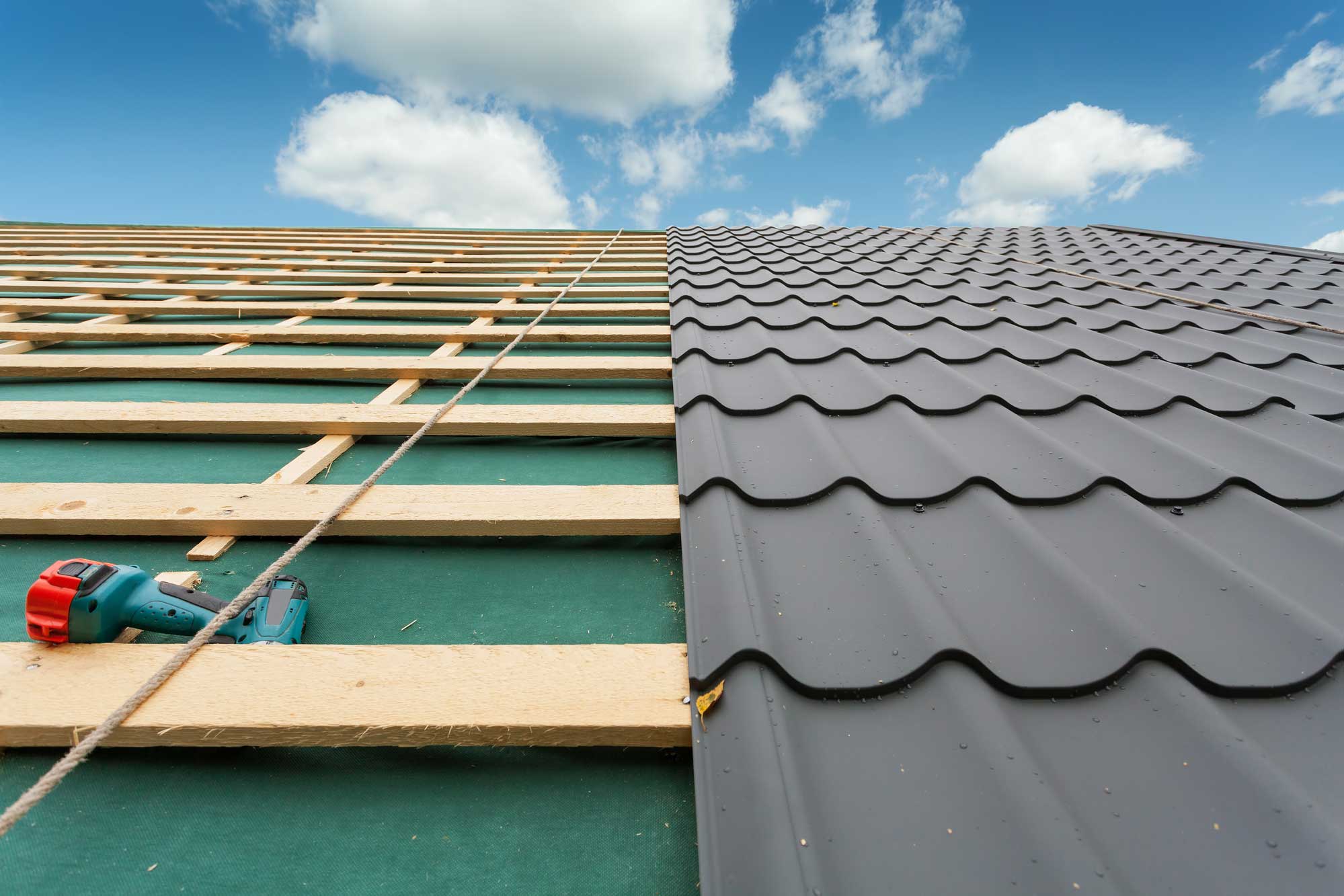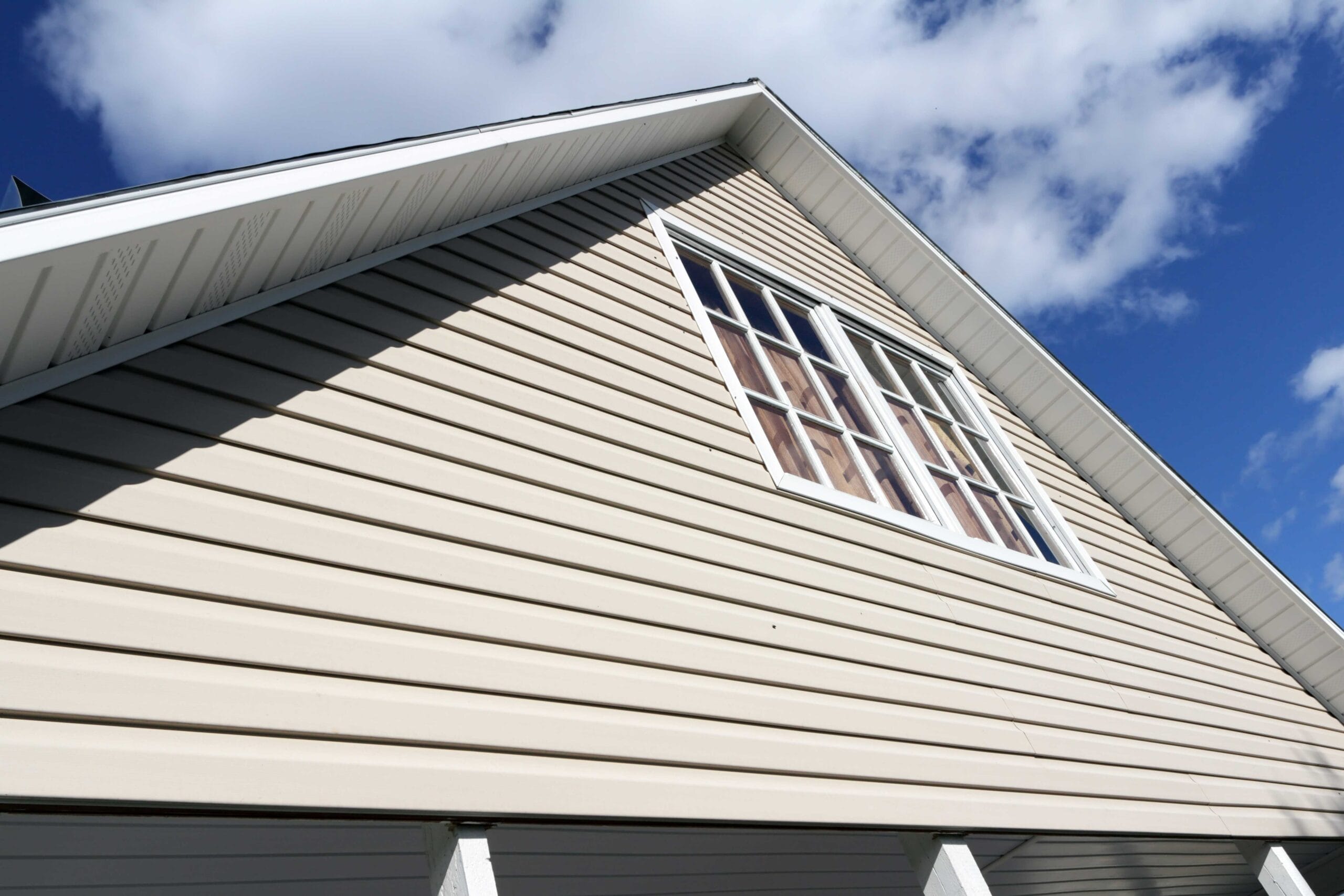When it comes to roof replacement, there is more to the process than meets the eye. In addition to the visible roofing materials, an often overlooked but important step in ensuring the longevity and protection of a roof is applying underlayment. Roofing underlayment is the protective barrier that’s installed between the framing materials and the shingles. Underlayment acts as an added layer of waterproofing and insulation that can help protect against extreme weather events and reduce energy costs over time. Not only does underlayment offer additional security, but it also helps extend the life of a new roof.
Roof Replacement Done The Right Way
A quality roof replacement starts with a good quality underlayment that helps protect against water damage, blocking moisture from getting into the home and causing water rot or other serious issues. It also adds an extra layer of insulation while acting as a secondary air barrier which can increase energy efficiency. Professional roofers should always use proper underlayment when installing new roofs.
There are several options available. Felt paper or tar paper is the most affordable option, but it is water resistant, not waterproof. Therefore it’s best used for steep roof systems where the water can drain efficiently and not flat roofs. While a little more expensive, other options are waterproof and provide the flexibility needed for flat roofing or low slope roofing.
Ask your roofer about roofing underlayment and why it matters.
It’s important to discuss underlayment options with your roofer before they begin the replacement process. There are several types of materials you can choose from, including both synthetic and rubberized asphalt membranes, which have their advantages and disadvantages. Your roofer will be able to help you decide which type of material is best for your particular situation.





